Introduction:
Iran, officially known as the Islamic Republic of Iran, is a country in Western Asia. It is bordered by Armenia, Azerbaijan, Turkmenistan, Afghanistan, Pakistan, Iraq, and Turkey, with coastlines along the Caspian Sea, Persian Gulf, and Gulf of Oman. Iran’s strategic location and rich cultural heritage make it a significant player in the region.
Iran’s geography ranges from rugged mountains and vast deserts to fertile plains. The Alborz and Zagros mountain ranges are prominent features, with Mount Damavand being the highest peak. The country’s diverse landscapes contribute to its rich biodiversity and varying climates.
Economically, Iran is rich in natural resources, particularly oil and gas, making it one of the world’s largest producers of petroleum. The economy also includes sectors like agriculture, manufacturing, and services. Despite international sanctions and economic challenges, Iran remains a crucial player in the global energy market.
Culturally, Iran boasts a history that spans thousands of years, with contributions to art, literature, science, and philosophy. The Persian Empire, known for its architectural marvels and cultural achievements, has left an indelible mark on the world. Today, Iran continues to celebrate its cultural heritage through festivals, music, and traditional crafts.
Politically, Iran is an Islamic republic with a unique blend of theocratic and democratic elements. The Supreme Leader holds significant authority, while the President and Parliament are elected by the people. Iran’s political system has been shaped by the Islamic Revolution of 1979, which led to the establishment of the current government structure.
Iran’s international relations are complex, with significant influence in regional geopolitics. It is a member of various international organizations, including the United Nations, OPEC, and the Non-Aligned Movement. Iran’s foreign policy is characterized by its strategic alliances and regional ambitions.
Tourism in Iran is growing, with visitors drawn to its historical sites, vibrant cities, and natural beauty. The country is home to numerous UNESCO World Heritage Sites, including Persepolis, the ancient capital of the Persian Empire, and the historic cities of Yazd and Isfahan. Iran’s unique culture, warm hospitality, and diverse landscapes make it an intriguing destination for travelers.
110 Facts About Iran (2024)
Basic Information
| Number | Category | Details |
|---|---|---|
| 1. | Current Name | Iran |
| 2. | National Name | جمهوری اسلامی ایران (Islamic Republic of Iran) |
| 3. | Former Names | Persia |
| 4. | Date of Establishment | April 1, 1979 (Islamic Republic) |
| 5. | Date of Independence | 1935 (as Iran) |
| 6. | Leadership | President: Ebrahim Raisi, Supreme Leader: Ali Khamenei |
| 7. | Government Type | Unitary Islamic Republic |
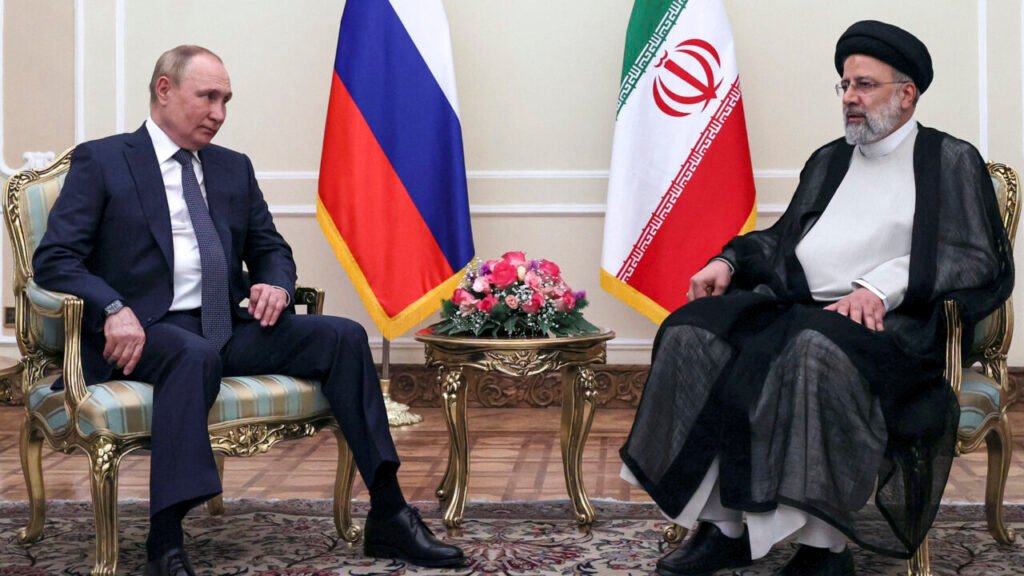
Geography
| Number | Category | Details |
|---|---|---|
| 8. | Capital City | Tehran |
| 9. | Important Cities | Isfahan, Mashhad, Shiraz, Tabriz |
| 10. | Land Area | 1,648,195 square kilometers |
| 11. | Total Area | 1,648,195 square kilometers |
| 12. | Neighboring Countries (Land) | Afghanistan, Iraq, Turkey, Armenia, Azerbaijan, Turkmenistan, Pakistan |
| 13. | Neighboring Countries (Sea) | Persian Gulf, Gulf of Oman |
| 14. | UNESCO World Heritage Sites | Persepolis, Bam, Pasargadae, Yazd (24 sites) |
| 15. | UNESCO World Natural Sites | Lut Desert |
| 16. | Climate | Arid, semi-arid, subtropical along the Caspian coast |
| 17. | Biodiversity | Diverse flora and fauna, including Persian leopards and Asiatic cheetahs |
| 18. | Famous River | Karun River |
| 19. | Famous Mountain | Mount Damavand |
| 20. | Coastline Length | 2,440 kilometers |
| 21. | Major Islands | Kish Island, Qeshm Island |
| 22. | Longest River | Karun River |
| 23. | Highest Waterfall | Laton Waterfall |
| 24. | Largest Lake | Urmia Lake |
| 25. | Largest Forest | Hyrcanian Forest |
Population
| Number | Category | Details |
|---|---|---|
| 26. | Population (2024) | Approximately 85 million |
| 27. | Population (1950) | 18.9 million |
| 28. | Population (1900) | 8.2 million |
| 29. | Projected Population (2070) | 92 million |
| 30. | Population Density | 51 people per square kilometer |
| 31. | Urban Population (%) | 75% |
| 32. | Rural Population (%) | 25% |
Demographics
| Number | Category | Details |
|---|---|---|
| 33. | Ethnicity/Race | Persian (61%), Azeri (16%), Kurdish (10%), others (13%) |
| 34. | Languages | Persian (official), Azeri, Kurdish, Luri, Balochi |
| 35. | National Language | Persian (Farsi) |
| 36. | Religion | Islam (Shia majority) |
| 37. | Median Age | 32 years |
| 38. | Life Expectancy | 76.2 years |
| 39. | Birth Rate | 17.1 births per 1,000 people |
| 40. | Death Rate | 5.3 deaths per 1,000 people |
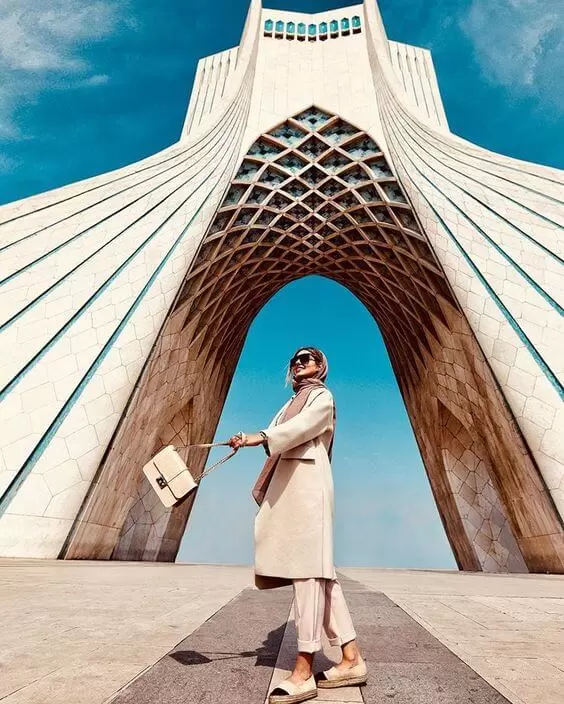
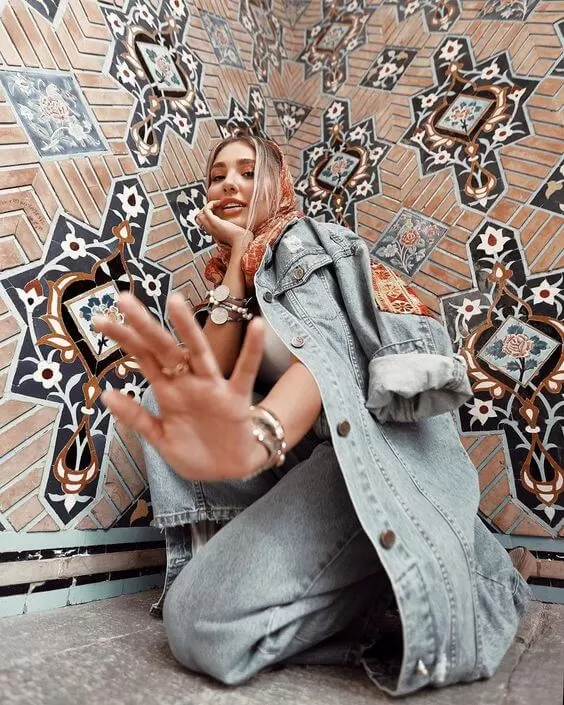
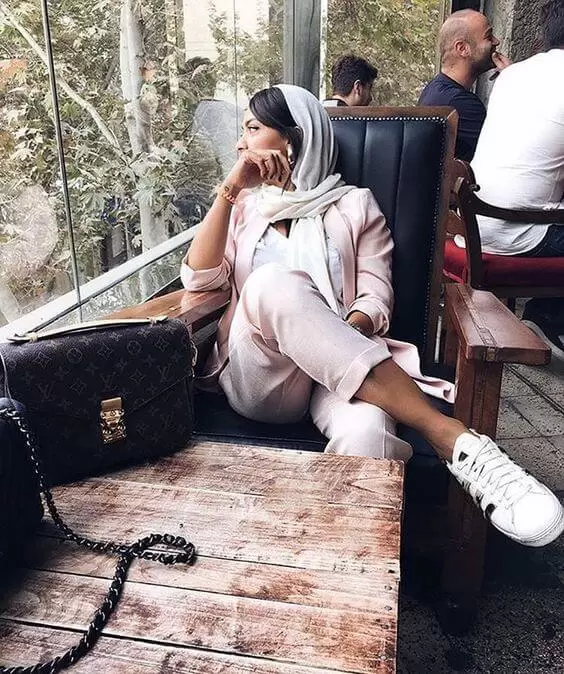
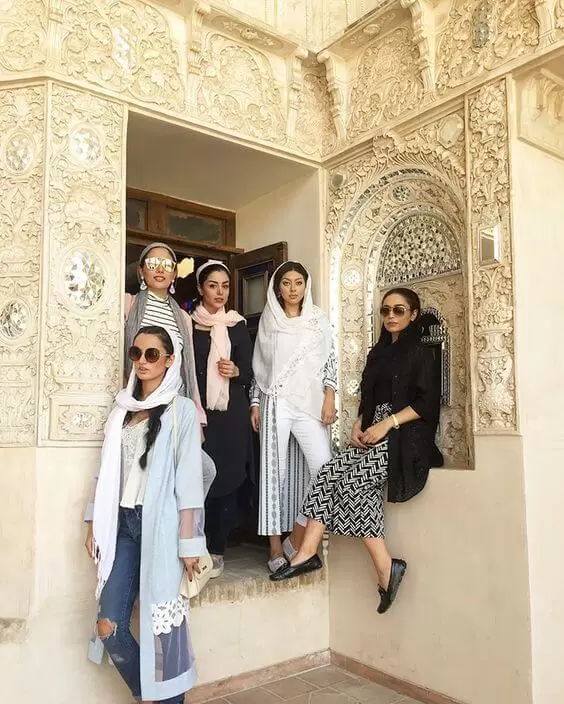
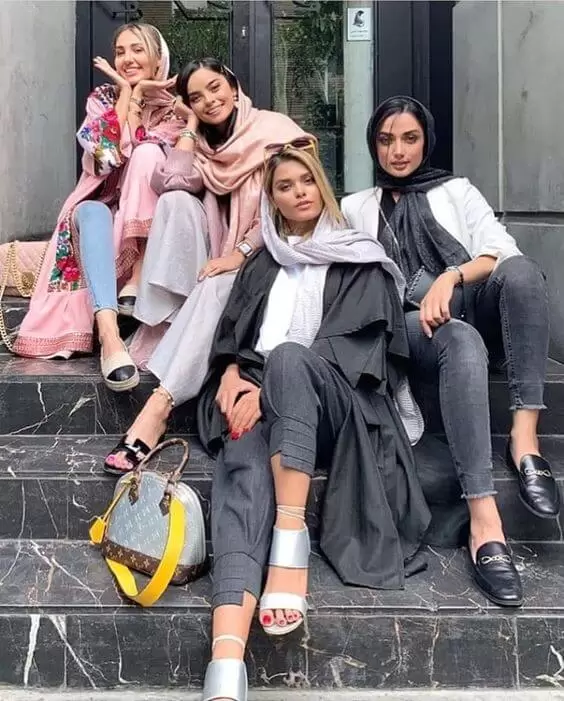
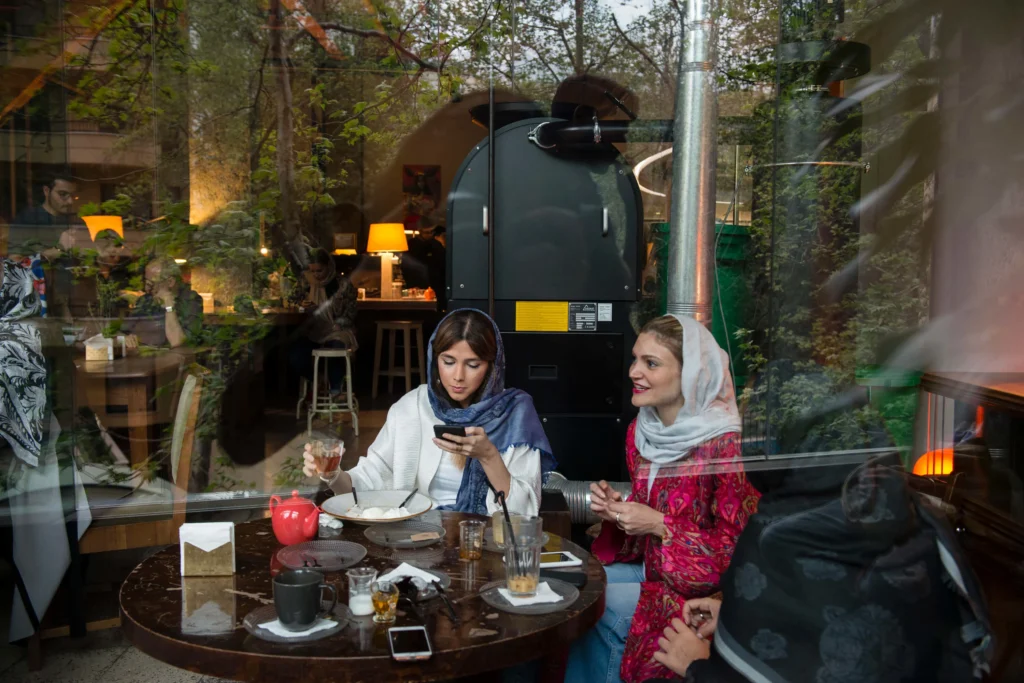
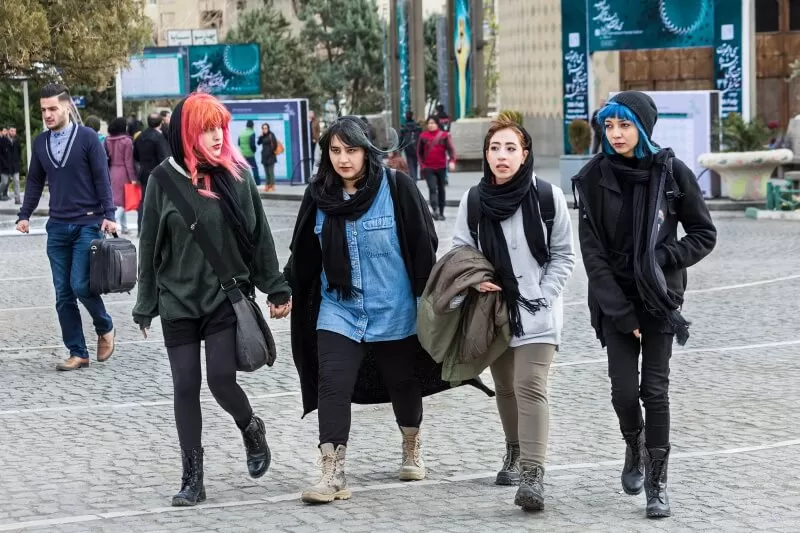
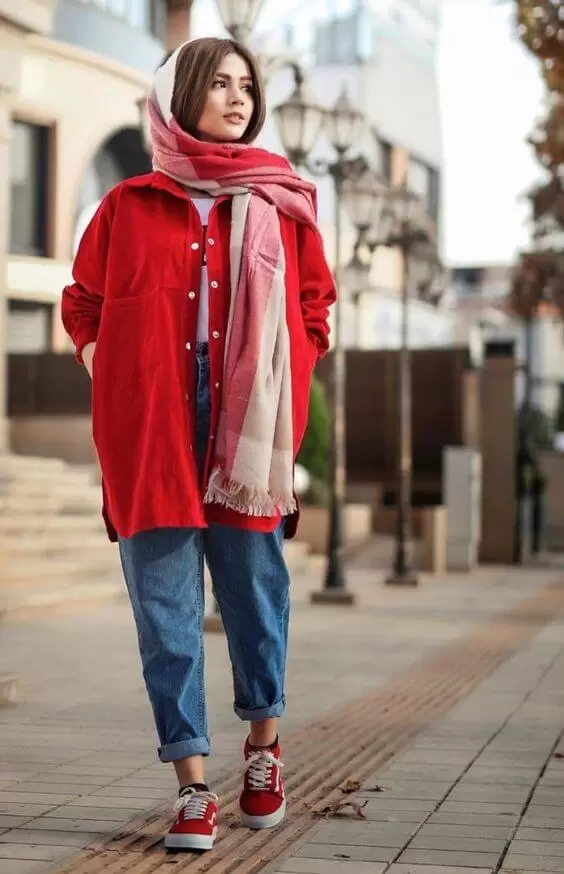
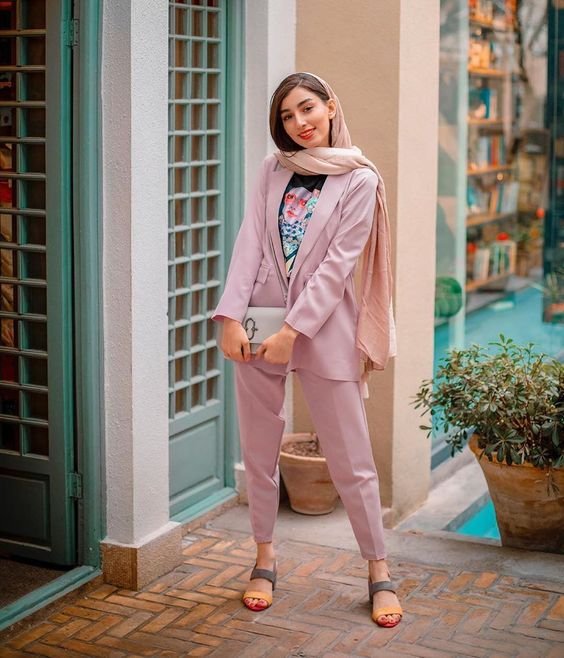
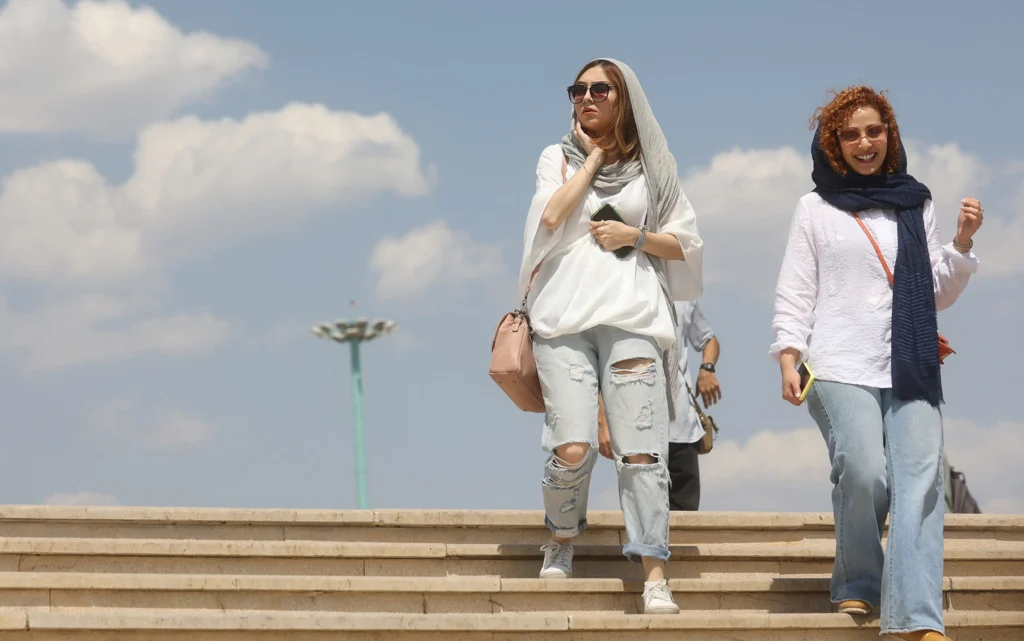
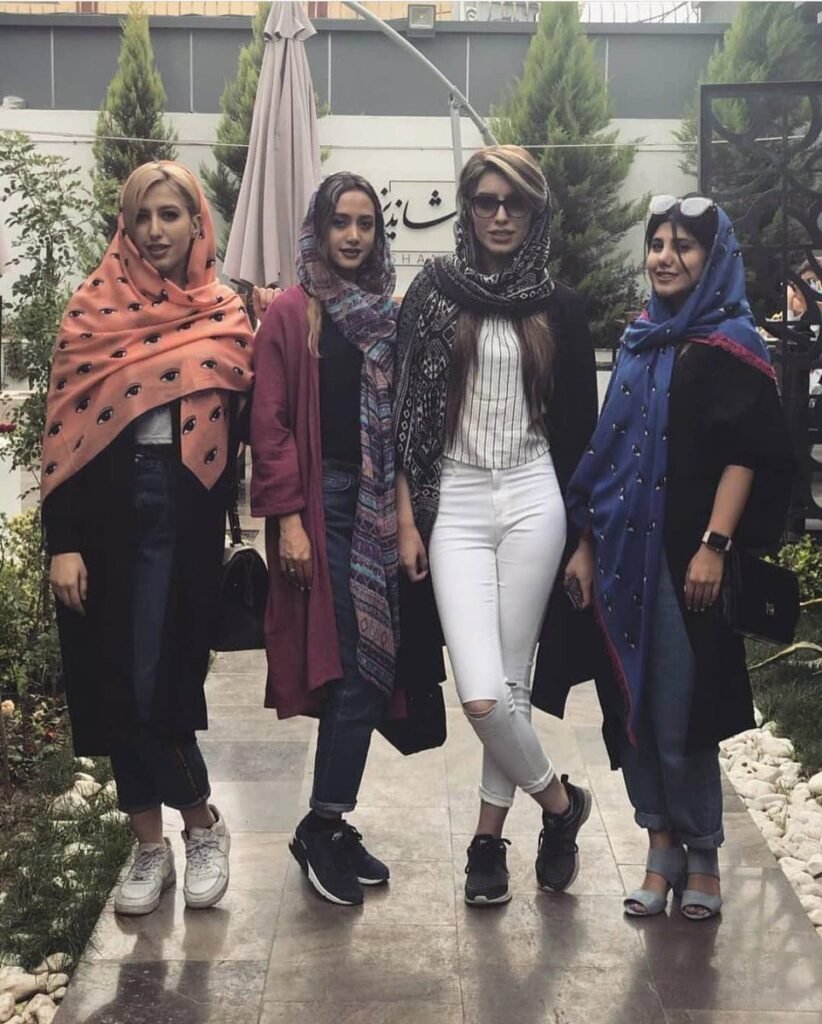
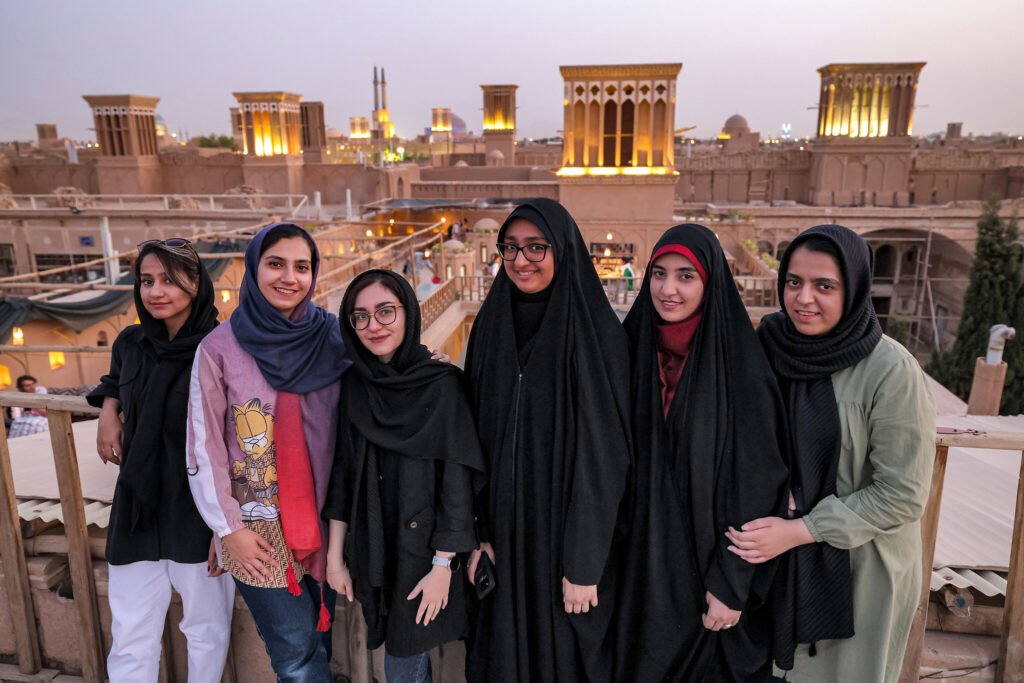
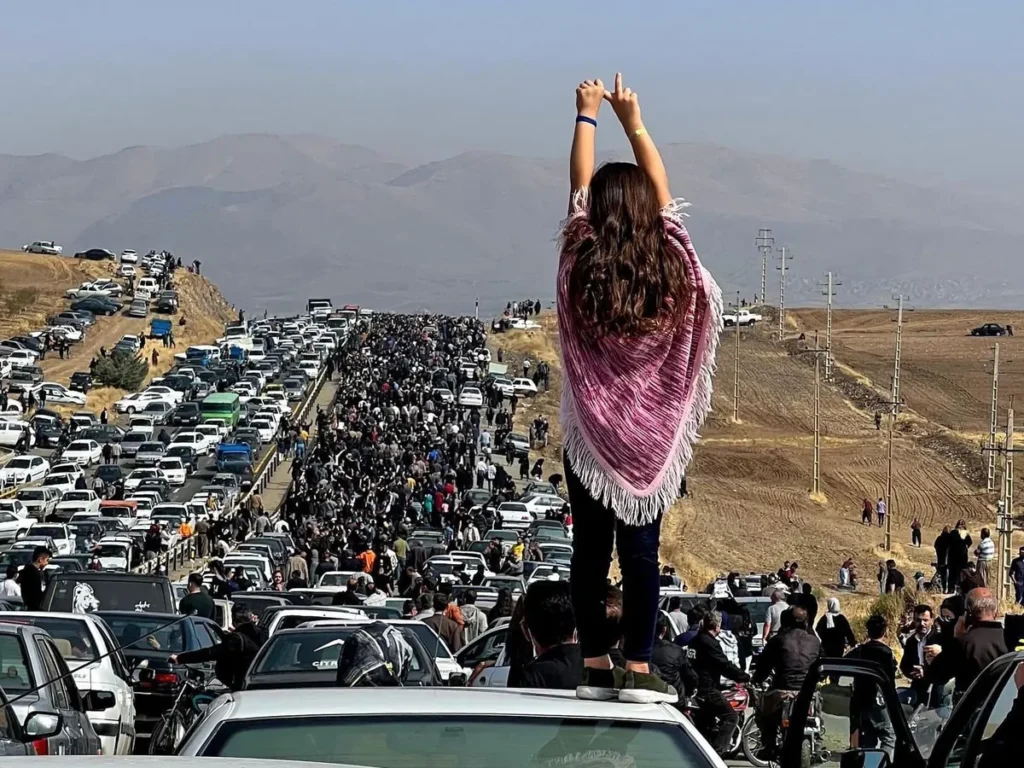
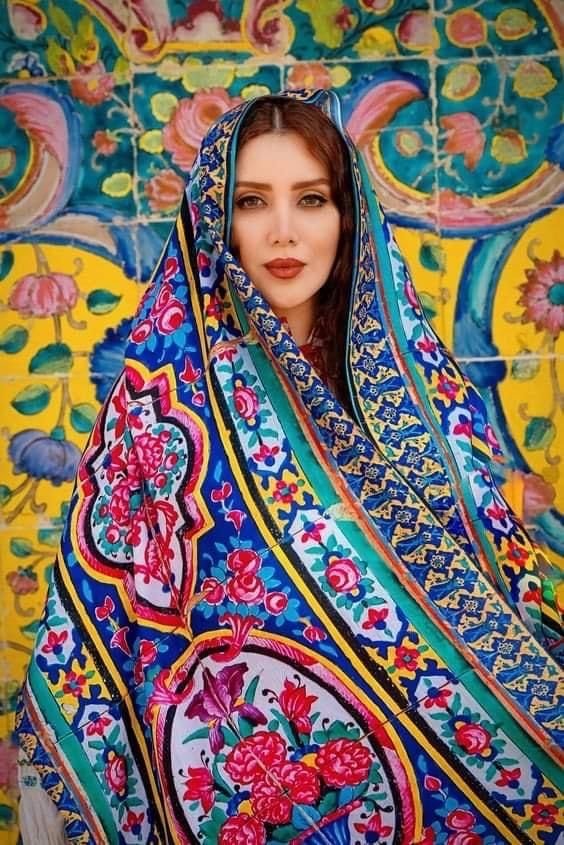
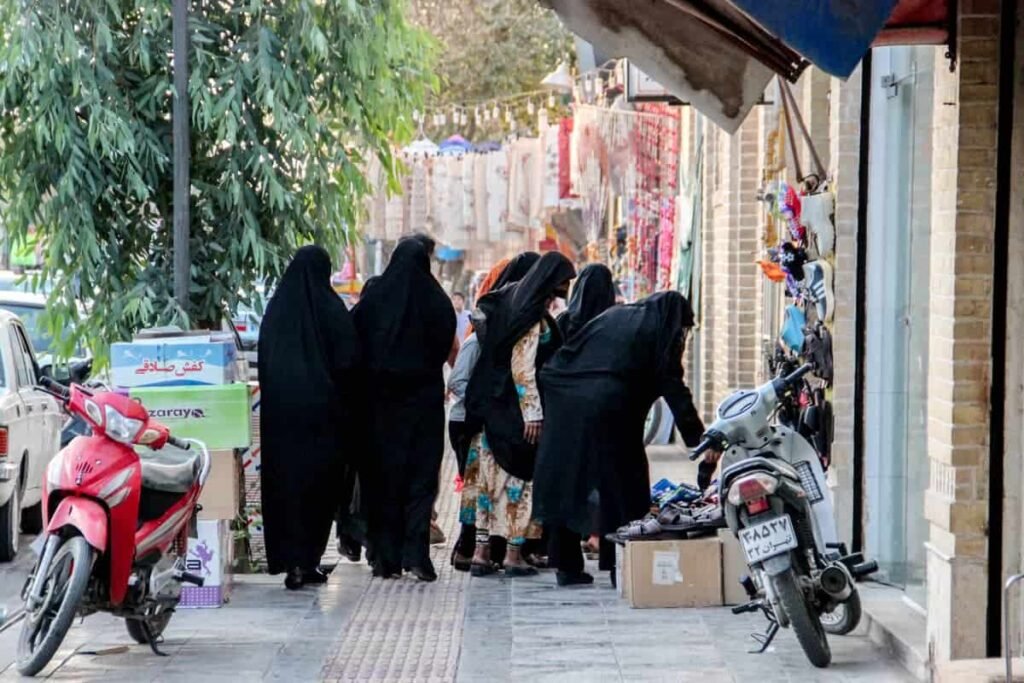
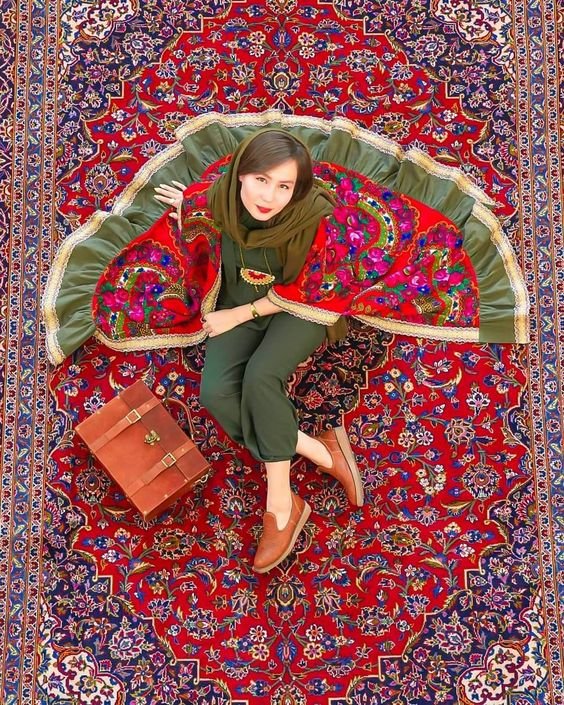
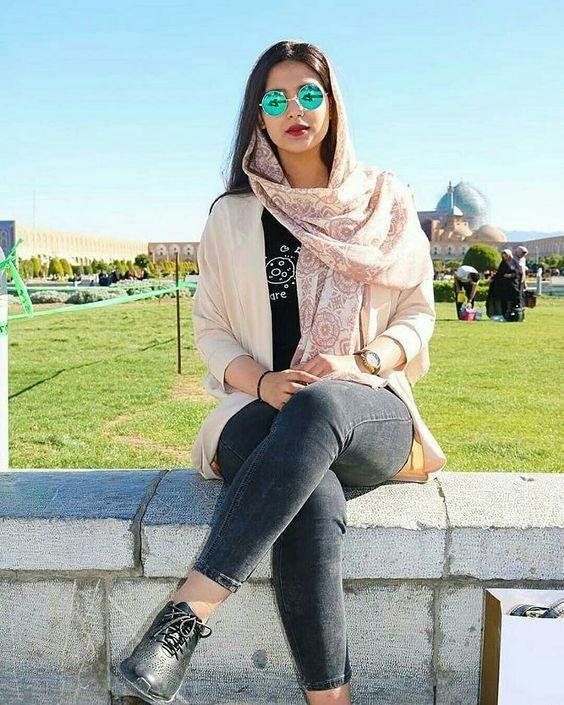

Economic Indicators
| Number | Category | Details |
|---|---|---|
| 41. | Monetary Unit | Iranian Rial (IRR) |
| 42. | GDP | $521 billion (2022 est.) |
| 43. | GDP per Capita (PPP) | $15,846 (2022 est.) |
| 44. | Income Level | Upper-middle income |
| 45. | Consumer Price Inflation | 47.2% (2022 est.) |
| 46. | Current Account Balance | -$8.4 billion (2022 est.) |
| 47. | Exchange Rate (Per $) | 1 USD = 42,000 IRR (unofficial) |
| 48. | Unemployment Rate | 10.8% (2022 est.) |
| 49. | Stocks Inward ($ billion) | 23.5 (2022 est.) |
| 50. | Real GDP Growth (%) | 0.9% (2022 est.) |
| 51. | Labor Force (Million) | 27 million |
| 52. | Major Industries | Petroleum, petrochemicals, textiles, agriculture |
| 53. | Major Exports | Petroleum, petrochemicals, fruits and nuts, carpets |
| 54. | Major Imports | Machinery, vehicles, electronics, pharmaceuticals |
| 55. | Public Debt (% of GDP) | 44.3% (2022 est.) |
| 56. | Tax Revenue (% of GDP) | 7.6% (2022 est.) |
| 57. | Minimum Wage | 26,554,950 IRR per month |
| 58. | Average Household Income | $20,000 per year |
| 59. | Inflation Rate | 47.2% (2022) |
| 60. | Interest Rate | 18% (2022) |
| 61. | Major Trade Partners | China, UAE, India, Turkey |
Social Indicators
| **
| Number** | Category | Details |
|---|---|---|
| 62. | Literacy Rate | 85% |
| 63. | Fertility Rate | 2.05 children per woman |
| 64. | Infant Mortality Rate | 11.4 per 1,000 live births |
| 65. | Under-5 Mortality Rate | 13.8 per 1,000 live births |
| 66. | National Holidays | Nowruz, Islamic holidays |
| 67. | Health Care System | Mixed public and private |
| 68. | Health Expenditure (% of GDP) | 6.7% (2022 est.) |
| 69. | Obesity Rate | 21.3% of adults |
| 70. | Drinking Water Source | 98% of the population has access to clean drinking water |
| 71. | Access to Sanitation | 92% of the population has access to improved sanitation facilities |
| 72. | Average Life Satisfaction | 5.4/10 |
| 73. | Major Health Issues | Cardiovascular diseases, diabetes, respiratory diseases |
| 74. | Smoking Rate | 14.8% of adults |
Culture and Society
| Number | Category | Details |
|---|---|---|
| 75. | Famous People | Rumi, Abbas Kiarostami, Mohammad Mossadegh, Ayatollah Khomeini |
| 76. | Legal Marriage Age | 13 for girls, 15 for boys (with judicial consent) |
| 77. | Gender Inequality Index | 0.492 (2021) |
| 78. | National Sport | Wrestling |
| 79. | Sport Achievements | Multiple Olympic medals in wrestling, weightlifting |
| 80. | National Animal | Asiatic cheetah |
| 81. | National Fruit | Pomegranate |
| 82. | Famous Landmarks | Persepolis, Naqsh-e Jahan Square, Golestan Palace |
| 83. | National Dish | Chelo Kebab |
| 84. | Major Newspapers | Tehran Times, Kayhan, Etemad |
| 85. | Major TV Channels | IRIB TV1, Press TV, Al-Alam |
| 86. | Popular Music Genres | Traditional Persian, classical, pop |
| 87. | National Theatre | City Theater of Tehran |
| 88. | National Gallery | Tehran Museum of Contemporary Art |
| 89. | Popular Festivals | Nowruz, Yalda Night, Ashura |
| 90. | Average Internet Speed | 17 Mbps |
| 91. | Most Popular TV Show | Dorehami |
| 92. | Most Popular Book | Shahnameh by Ferdowsi |
| 93. | Most Popular Sport | Soccer |
| 94. | Most Visited Museum | National Museum of Iran |
| 95. | Largest Stadium | Azadi Stadium |
| 96. | National Anthem | Soroud-e Melli-ye Jomhouri-ye Eslami-ye Iran |
| 97. | Famous Historical Sites | Persepolis, Naqsh-e Rustam, Pasargadae |
| 98. | Major Brands | Iran Khodro, Saipa, Melli Bank |
| 99. | Famous Foods | Fesenjan, Ghormeh Sabzi, Ash-e Reshteh |
| 100. | Famous Drinks | Persian tea, Doogh, Sharbat |
Education
| Number | Category | Details |
|---|---|---|
| 101. | Best Public University | University of Tehran |
| 102. | Best Private University | Sharif University of Technology |
| 103. | Education Rank | 70th globally |
| 104. | School Enrollment Rate | 99% for primary education |
| 105. | Average Class Size | 28 students |
| 106. | Notable Alumni | Hassan Rouhani, Ali Larijani, Ali Akbar Salehi |
| 107. | Public Spending on Education | 3.7% of GDP |
| 108. | Number of Universities | Over 500 |
| 109. | Popular Study Abroad Destinations | United States, Canada, Germany |
| 110. | Literacy Programs | Extensive adult literacy programs available |
History
Iran’s history is among the oldest in the world, with its roots in the ancient Elamite kingdoms dating back to 2700 BCE. The Achaemenid Empire (550-330 BCE) is considered the first Persian Empire, known for its impressive administration and monumental architecture. The Parthian and Sassanian Empires continued this legacy, contributing significantly to art, culture, and commerce.
The Islamic conquest in the 7th century CE transformed Persia, introducing Islam and leading to the flourishing of Islamic art and science. The Safavid Dynasty (1501-1736) established Twelver Shia Islam as the state religion, creating a distinct Iranian identity. The Qajar Dynasty (1789-1925) faced challenges from colonial powers, leading to significant territorial losses.
The Pahlavi Dynasty (1925-1979) sought modernization and secularization, but political unrest culminated in the Islamic Revolution of 1979. The revolution, led by Ayatollah Khomeini, established the Islamic Republic, a theocratic state with a unique political system. The post-revolution era has seen significant social and economic changes, amidst international sanctions and regional conflicts.
The Flag of Iran
The national flag of Iran consists of three horizontal bands of green, white, and red with a red emblem in the center and the Takbir written 22 times on the edges of the green and red bands.
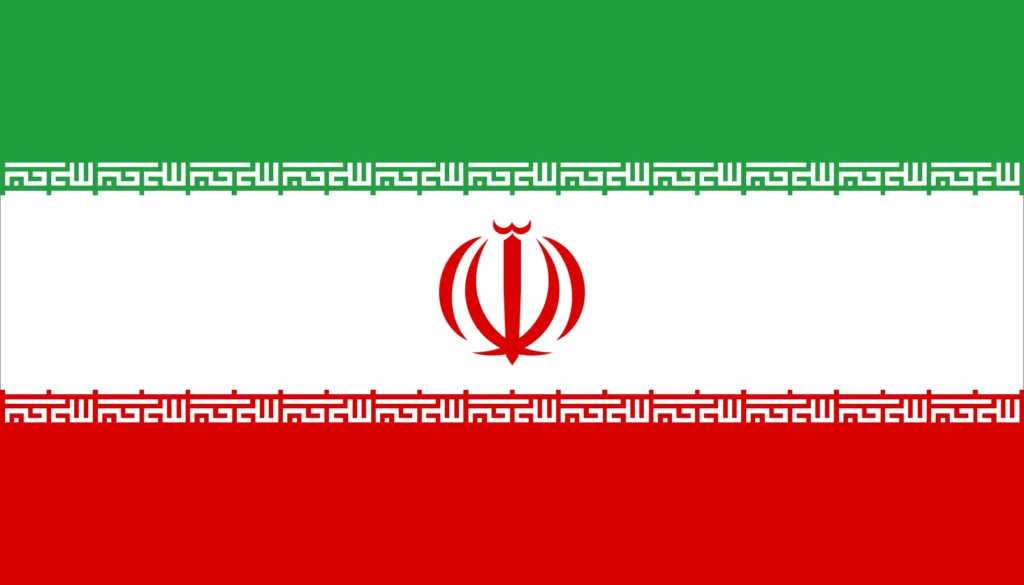
- Green Color: Represents Islam and growth.
- White Color: Symbolizes peace and honesty.
- Red Color: Stands for bravery and martyrdom.
- Red Emblem: A stylized composite of various Islamic symbols, including a sword, representing strength and conviction.
- Takbir Inscription: “Allah Akbar” repeated 22 times, symbolizing the date of the Islamic Revolution (22 Bahman in the Iranian calendar).
The flag embodies Iran’s Islamic heritage, its revolutionary values, and its commitment to peace and courage.
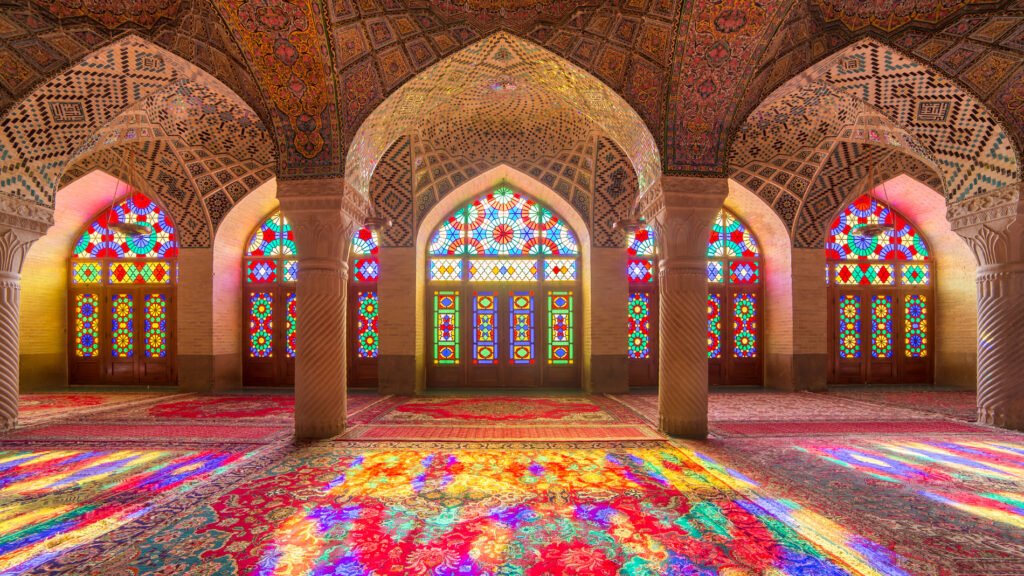
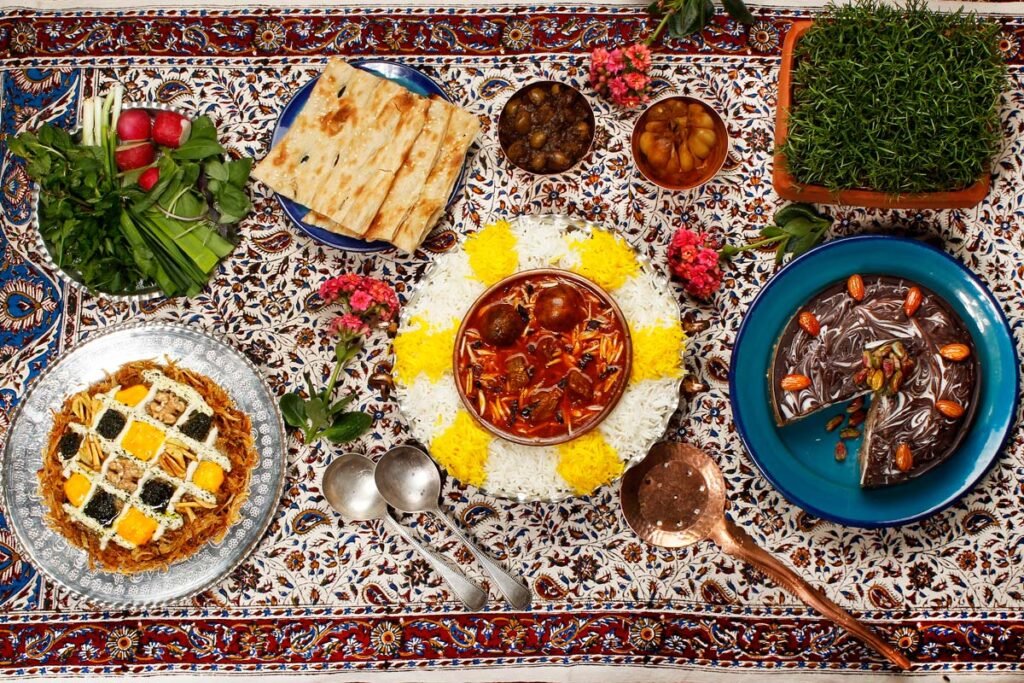

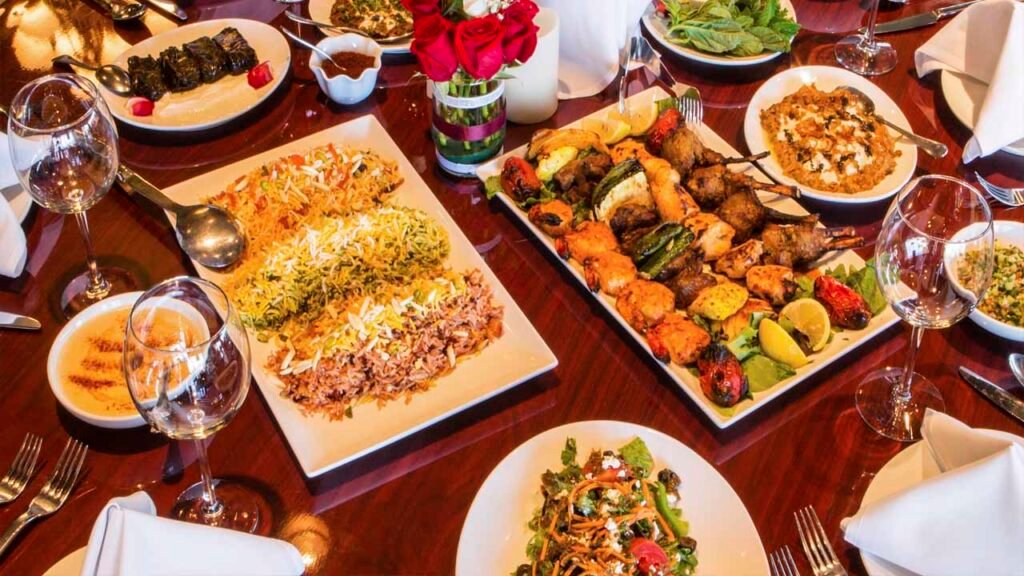




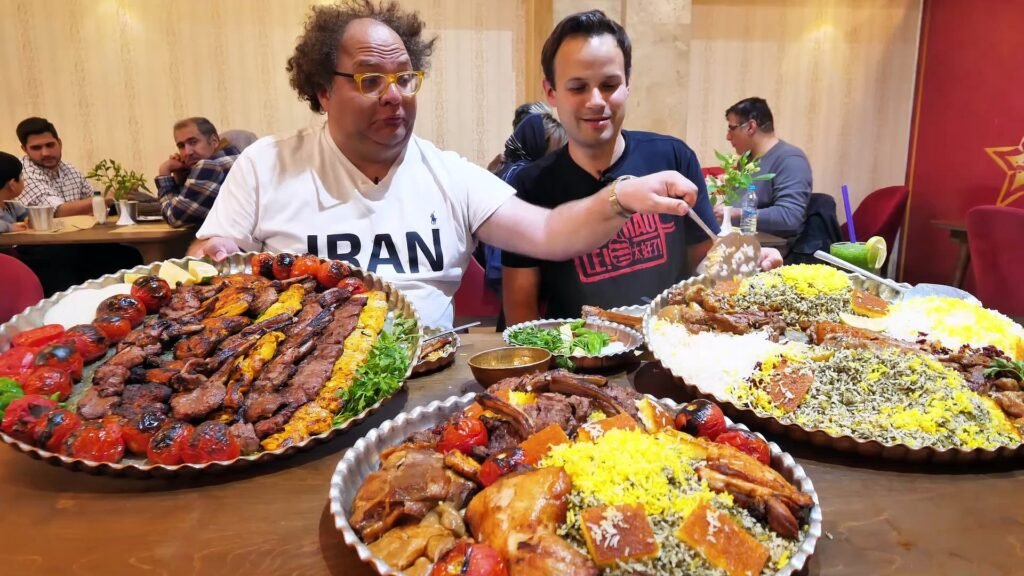
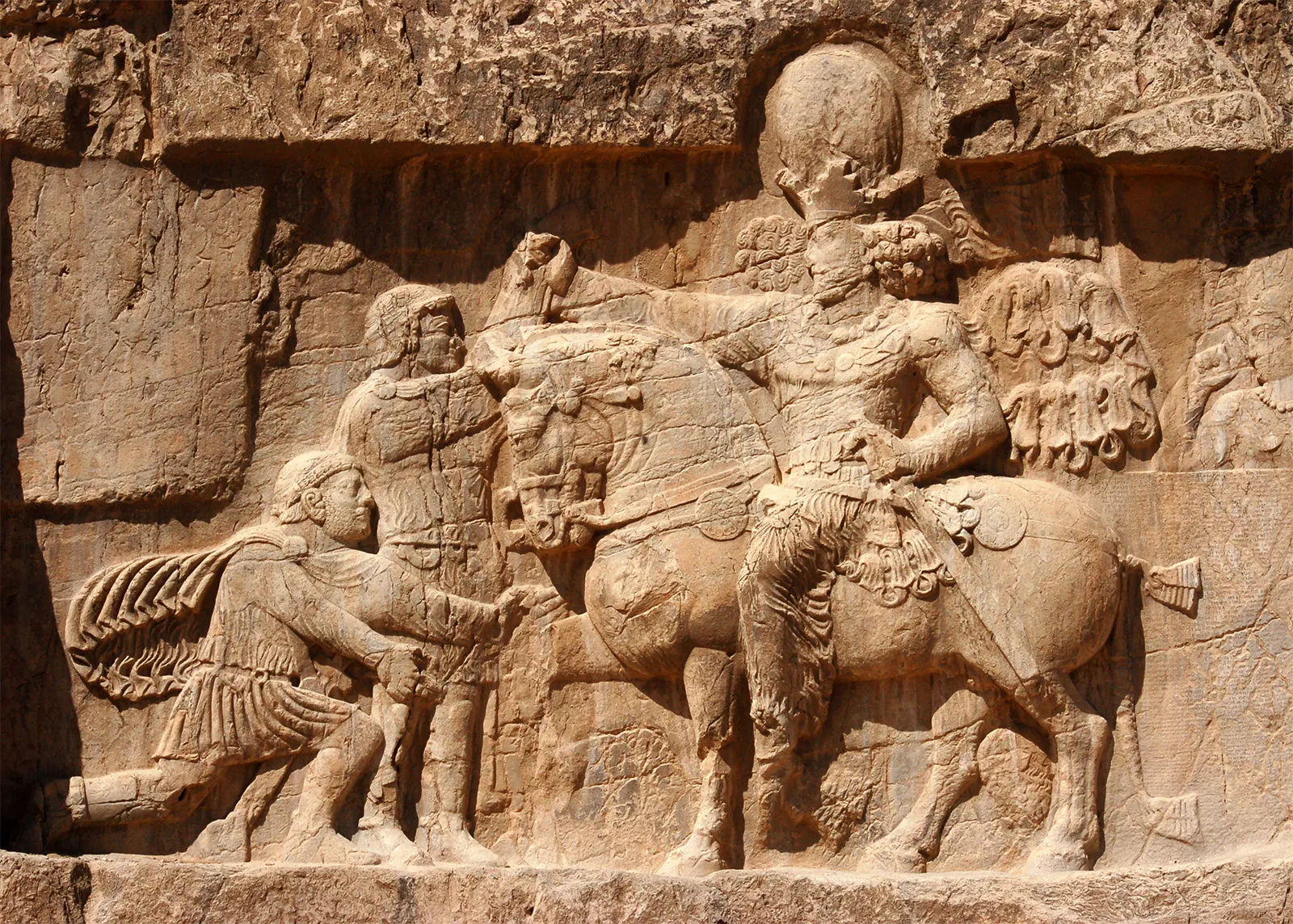


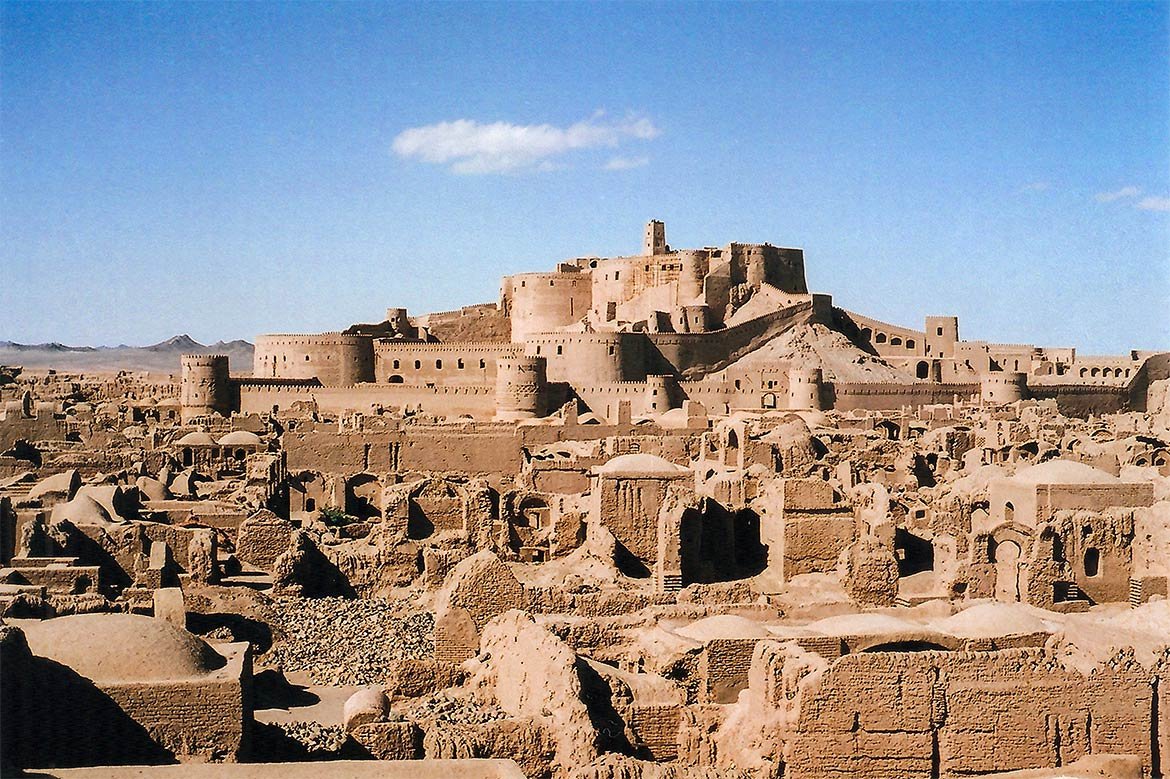


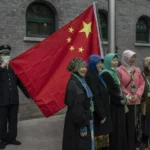
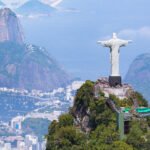
Having read your blog, you obviously know what you are talking about. I’m sure visiting my page Webemail24 about Search Engine Optimization will be worth your time!